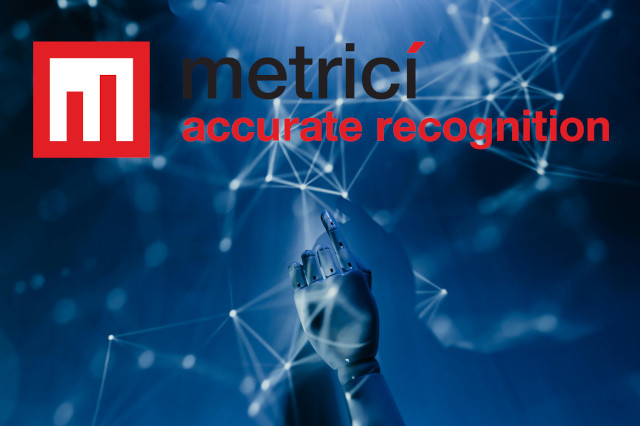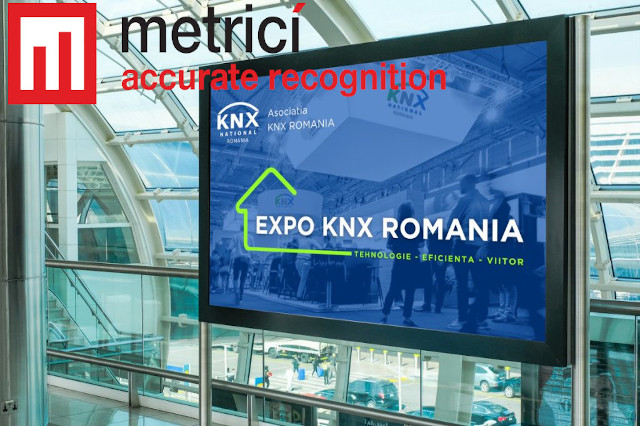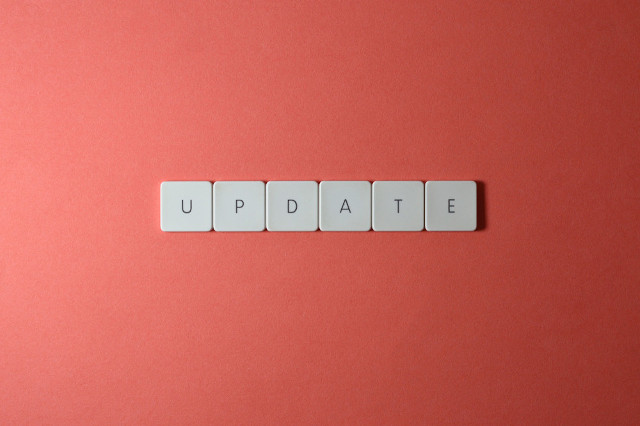Traffic Flow Optimization
Line Counter
Use line counter to monitor the number of vehicles crossing toll gates in real time, even if they are virtual toll gates, detecting bottlenecks or traffic buildup and havng access to data. Cross link with LPR readings.
This data can be used to adjust the number of open toll lanes dynamically based on current traffic conditions, improving overall traffic flow and reducing congestion.
Area Counter for Vehicle Density:
Monitor the density of vehicles within the toll plaza area using Metrici Area Counter. This helps detect when a particular area is overcrowded and prompts alerts to open additional toll booths.
AI for Traffic Prediction:
Use predictive analytics with Metrici AI and historical data to forecast peak times at toll stations, ensuring sufficient toll lanes are open to accommodate traffic surges.
Fraud Prevention and Security
LPR for Toll Violations:
Automatically detect and record vehicles that cross toll gates without paying or that use unauthorized lanes, like emergency lanes or bus-only/subscription lanes for imediat alerts or future references, comparison or automated fines when needed.
Use car classification to get alerts when unauthorized vehicles try to cross bus gates or truck gates
Track vehicle without pay and emit alerts at the end of allowed time period if payment was not done
The system can flag these vehicles and automatically issue fines or notifications to authorities.
Vehicle and Person Detection for Security:
Use object recognition to detect unauthorized pedestrians or vehicles that approach sensitive areas around toll stations, ensuring the safety of toll personnel and equipment.

Toll Station Efficiency Monitoring
AI for Staff Efficiency:
Use video analytics to monitor toll booth staff efficiency. The system can provide insights on average transaction times, delays, or irregularities, helping in staff training or scheduling optimizations.
Vehicle Flow Monitoring:
Real-time monitoring of vehicle flow across multiple lanes can provide data on whether all lanes are operating efficiently and whether additional resources are needed during high-traffic periods.
Dynamic Pricing and Toll Adjustments
AI for Dynamic Tolling:
Implement AI-based dynamic pricing models that adjust toll rates based on real-time traffic conditions. During peak hours, tolls may increase to manage traffic flow, while during off-peak times, tolls may decrease to encourage usage.
Vehicle Type Recognition for Variable Pricing:
Use Metrici object recognition cappabilities to identify vehicle types (trucks, buses, SUV etc.) and apply variable toll rates based on predefined classifications (e.g., heavier trucks pay higher tolls).
As to date Metrici can recognize up to 9 classes- small cars, SUV, van, small truck, big truck, motorcycle, bus, tram, utility vehicles
Expiration period:
Use Metrici settings from the interface for ferry crossing for example and set an expiration date for the toll tickets, meaning a articular license plate has a defined period of time of pass.
Integration with Smart City Infrastructure
Real-Time Data Sharing with Traffic Management Systems:
Integrate toll station data (vehicle count, vehicle type, traffic flow) with citywide traffic management systems for better overall traffic control. This data can help reroute vehicles during congestions or accidents and optimize citywide traffic patterns.
Command traffic lights when necessary
Toll Data for City Planning:
Use the large datasets collected through LPR, vehicle counting, and AI tools to inform city planning, infrastructure development, and future toll station placements. Data on vehicle flow and toll patterns can help optimize road usage and reduce congestion in urban areas.
Use virtual tolling gates and LPR for daily/monthly check of people entering special zones within the city and availabilty of a subscription or proof of payment.
DNN for Incident Detection:
Use Metrici trained AI models to recognize and alert staff in case of incidents such as accidents, stalled vehicles, or other hazards at toll stations, ensuring quick responses and minimizing disruptions.
Customer Experience Enhancement






